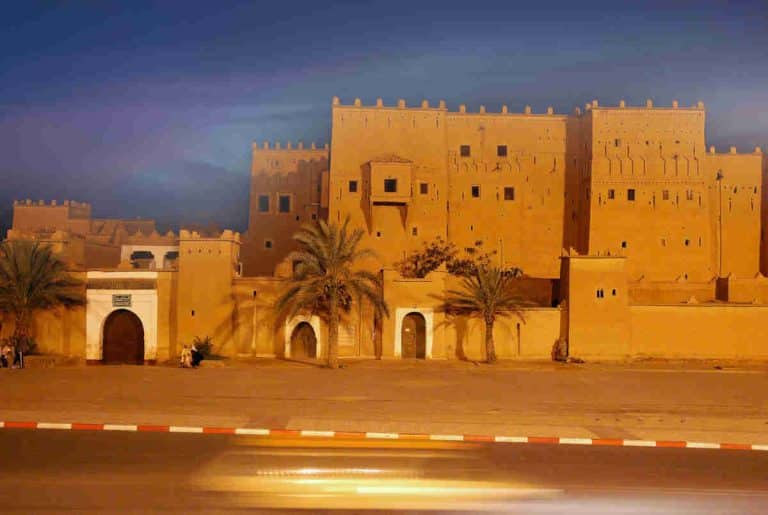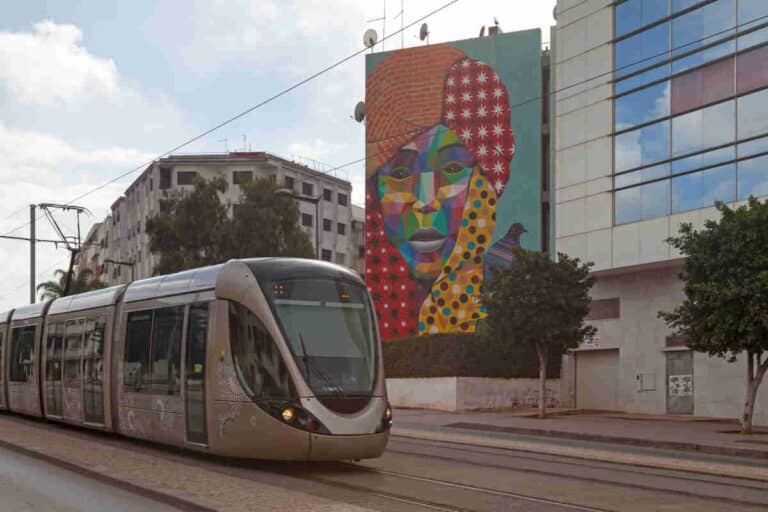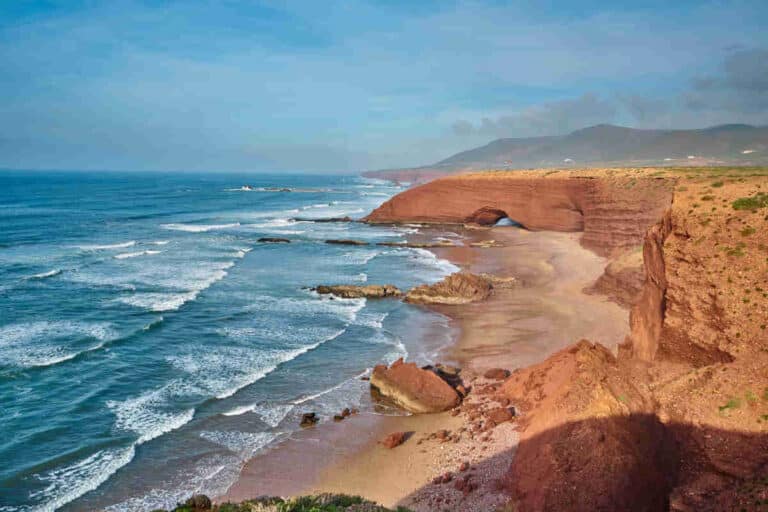Many travelers wonder if Marrakech has a Royal Palace and, if so, whether it is worth visiting. If you are also in this situation, in this post we clear up your doubts and tell you everything you need to know about it, so you can schedule your visits in the best way possible.
Yes, Marrakech Has a Royal Palace, but…
Indeed, Marrakech has a Royal Palace. It is known as Dar al-Makhzen (Royal Palace, in Arabic) and it is a historical but very renovated construction, in the heart of the city’s kasbah, the most protected part of the medina. Specifically, near the Bab Agnaou gate, bordering the northern end of the Agdal gardens. In its immediate surroundings is also the mosque of the kasbah, one of the largest still in operation today.
However, as we said in the subtitle, there is an important “but.” And that is it cannot be visited. As with the other royal palaces owned by the Moroccan monarch, such as those in Fez or Tetouan, it continues to be used as a residence and, therefore, is not accessible to the public. Although his usual residence is the Royal Palace of Rabat, when the King of Morocco spends time in Marrakech, he stays here, so for security reasons visits are not allowed. In addition, the monarch uses it as a place to welcome and meet with other foreign heads of state, as was the case with the reception of the Colombian president, Andrés Pastrana, in 1999.
Therefore, all that is allowed is to reach the gate to contemplate the renovated walled enclosure that surrounds it, but not even photos are allowed, as the area is continuously guarded by the royal guard. To get an idea of the dimensions of the complex, you have to go to satellite images, where you can see the existence of a huge garden and numerous pavilions, as well as a courtyard of honor, all projected in the 18th century, with sultans of the Alaouite dynasty.
Other Royal Palaces in Marrakech that Can be Visited
Although the aforementioned Royal Palace of Marrakech cannot be visited, there are other equivalent constructions that allow tourists to visit. Palaces that, in the past, had that consideration of royal residence or, at least, of viziers of the sultans and, therefore, of the highest social position.
The first example that should be mentioned is the El Badi Palace, which is located precisely next to the aforementioned royal palace, on its north side. It was one of the most sumptuous royal palaces of its time, built in the late sixteenth and early seventeenth centuries, by order of Sultan Ahmed al-Mansur, of the Saadi dynasty. But a few decades later, Sultan Moulay Ismail, already of the Alaouite dynasty, ordered its dismantling to build, with its materials, the Royal Palace of Meknes. Therefore, what remains today of that great palatial enclosure are archaeological ruins and the ponds of the gardens. Folk music festivals are held in this evocative setting.
On the other hand, if you are looking for an aristocratic palace, where the beauty of Islamic art and an important sense of opulence are preserved, the place to visit will be the Bahia Palace: commissioned at the end of the 19th century by Si Musa, grand vizier of Sultan Mohammed IV, it preserves spaces as lavish as the Courtyard of Honor. And although it was dismantled some time later, you can still admire the wooden coffered ceilings, as well as the fanciful plaster reliefs on the doors and walls.




